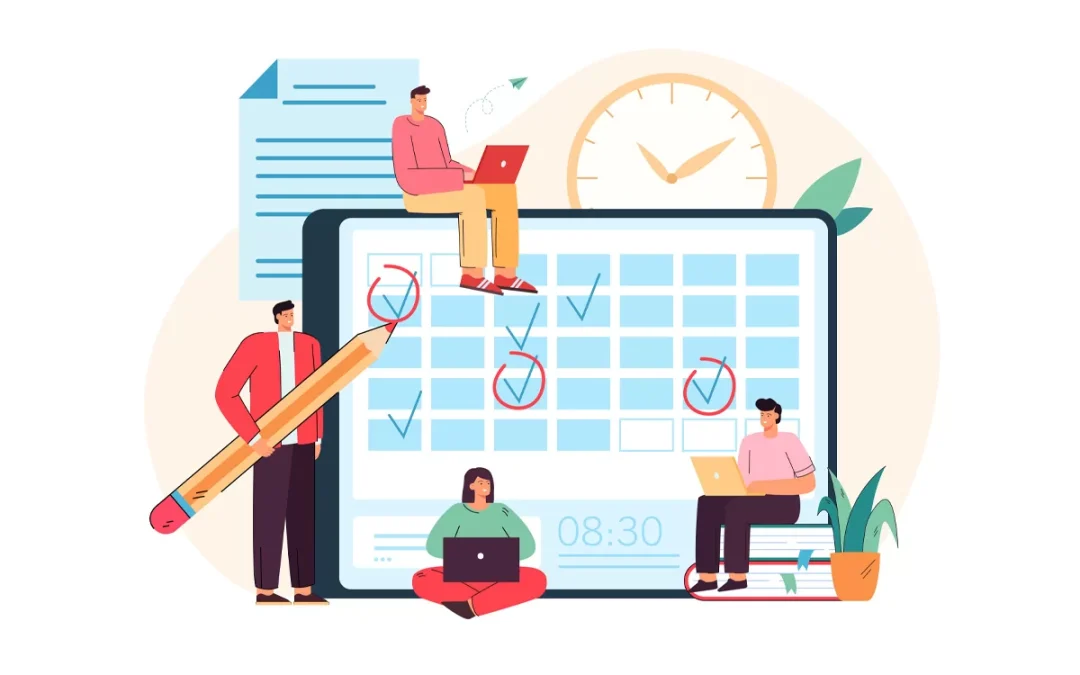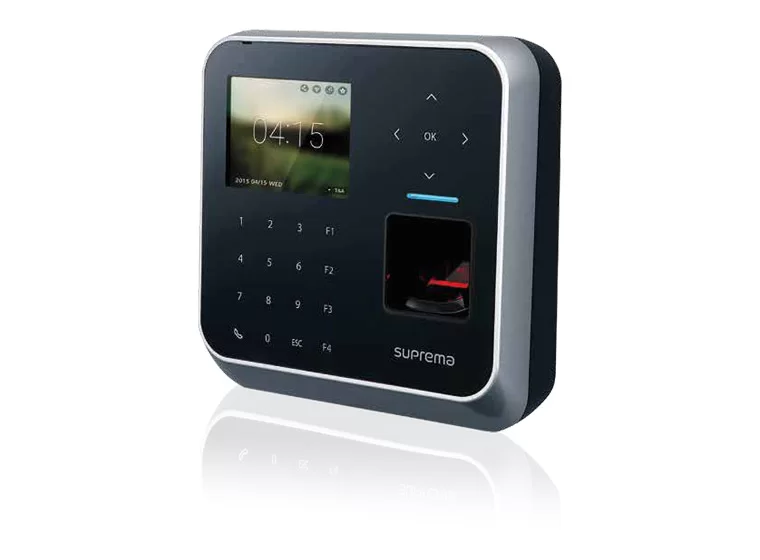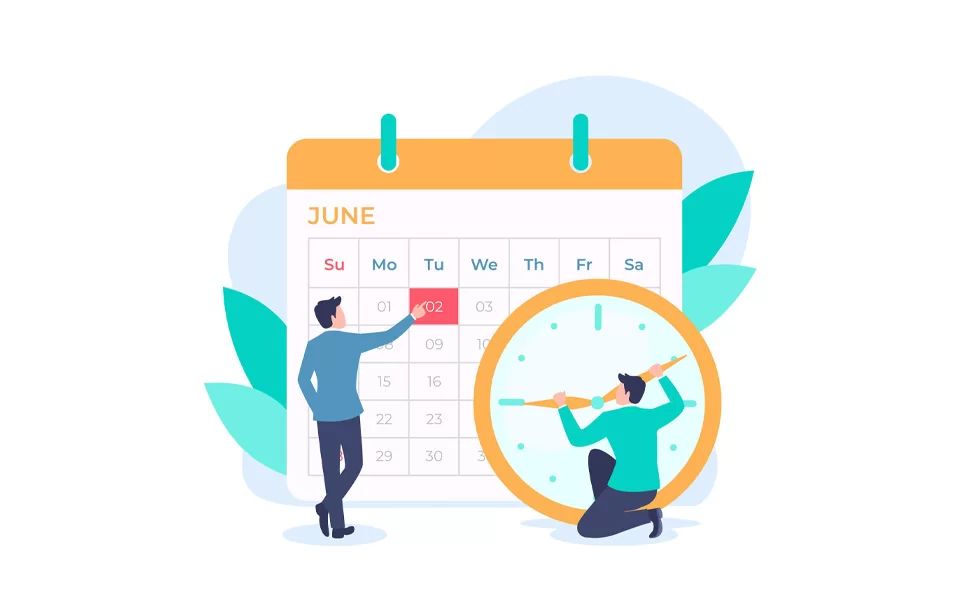In the wake of the COVID-19 pandemic, businesses have faced significant economic challenges. To overcome these hurdles and drive financial resilience, organisations must find innovative ways to optimise their operations. One essential tool that can make a difference is a powerful workforce management system. In this blog post, we will explore how leveraging RotaOne Time & Attendance can help businesses navigate the post-COVID era while driving financial resilience.






